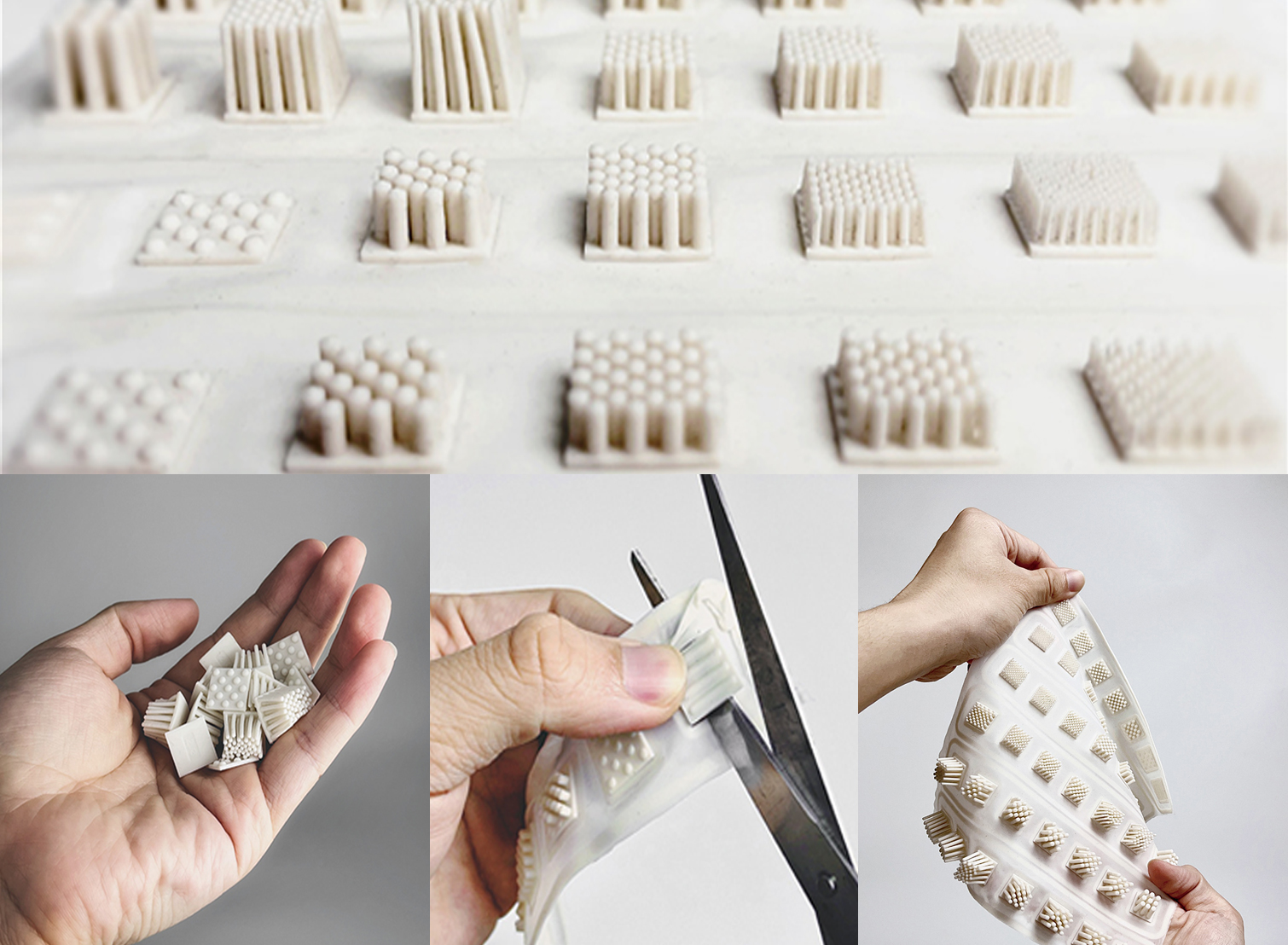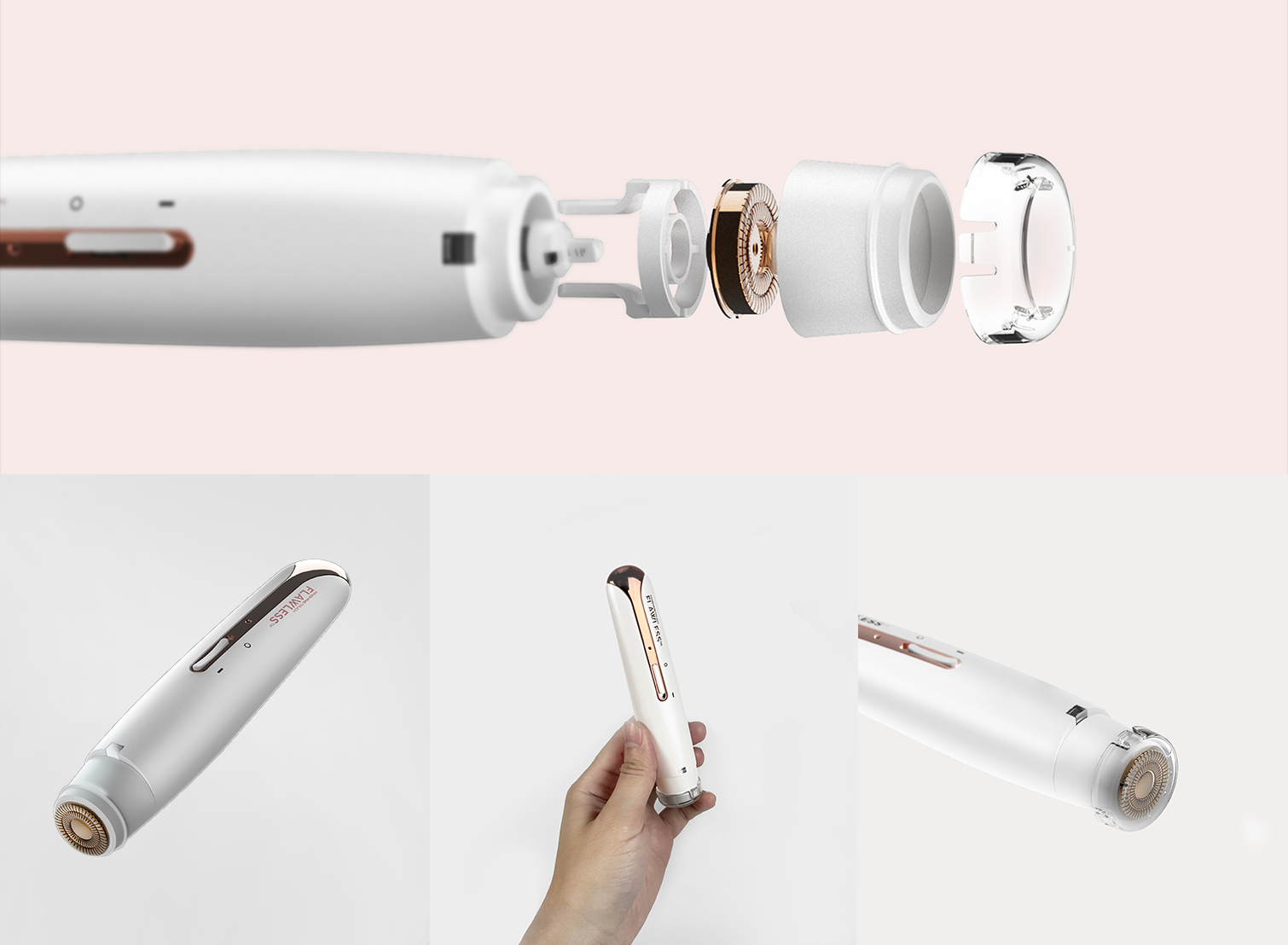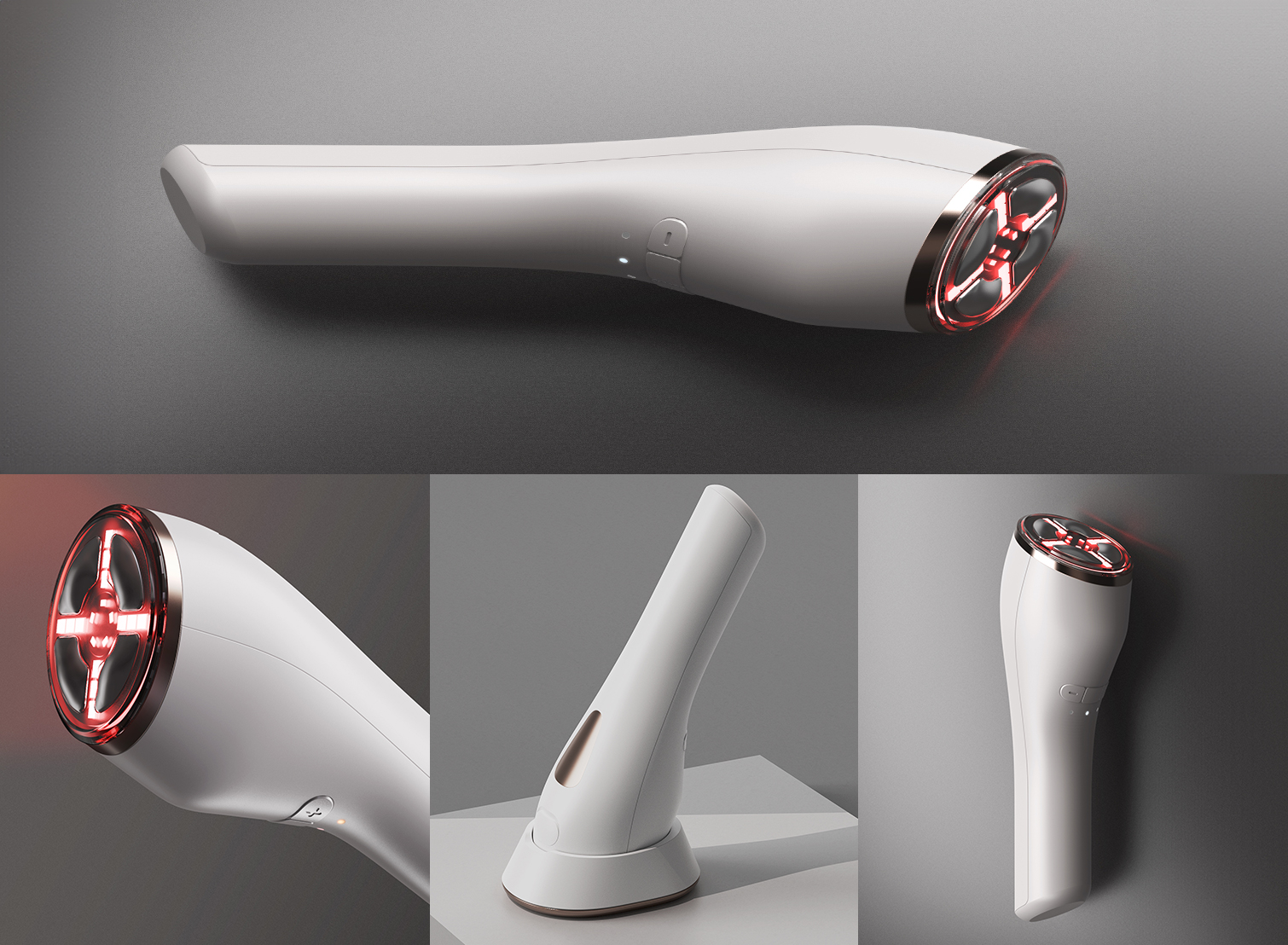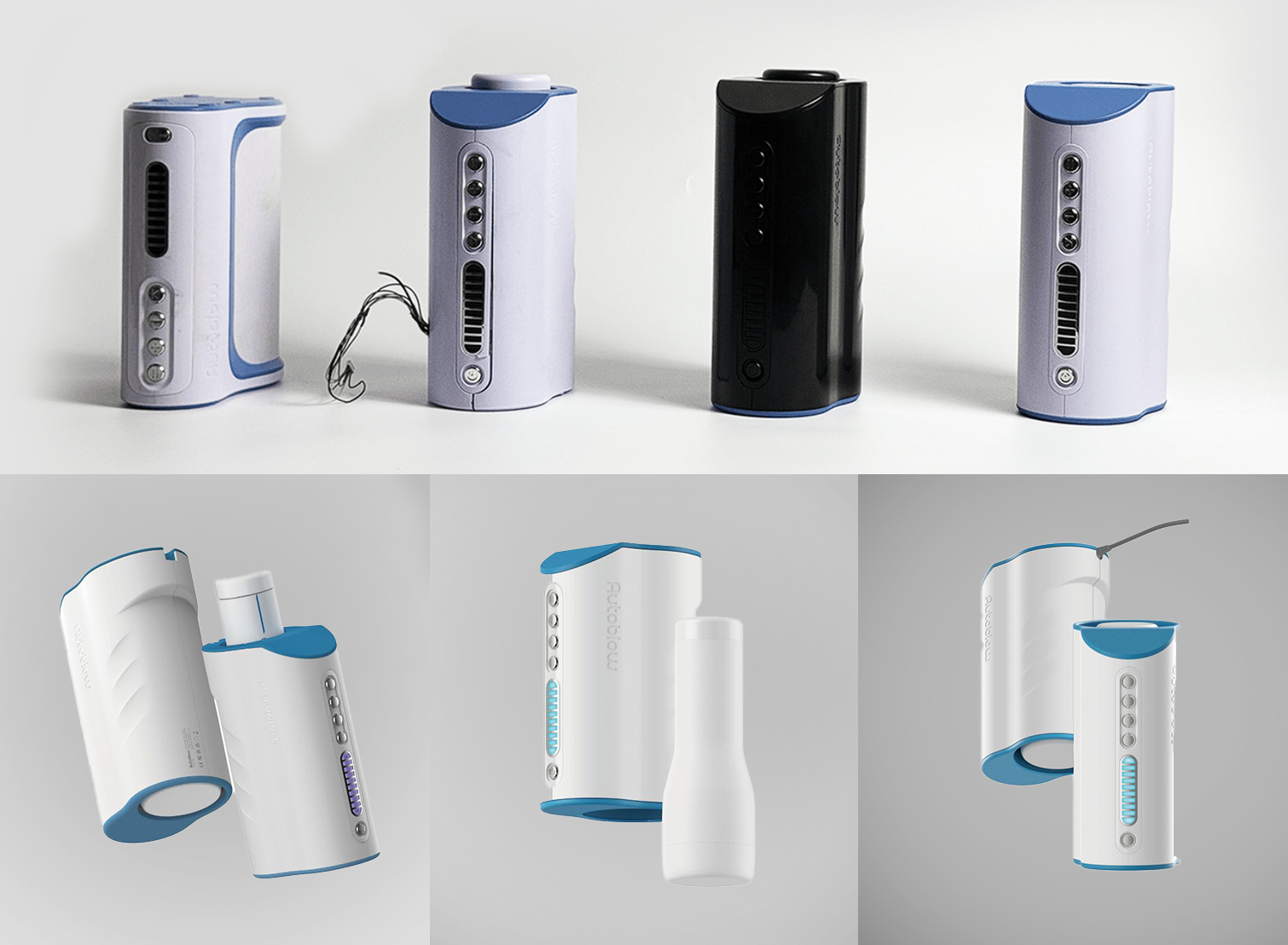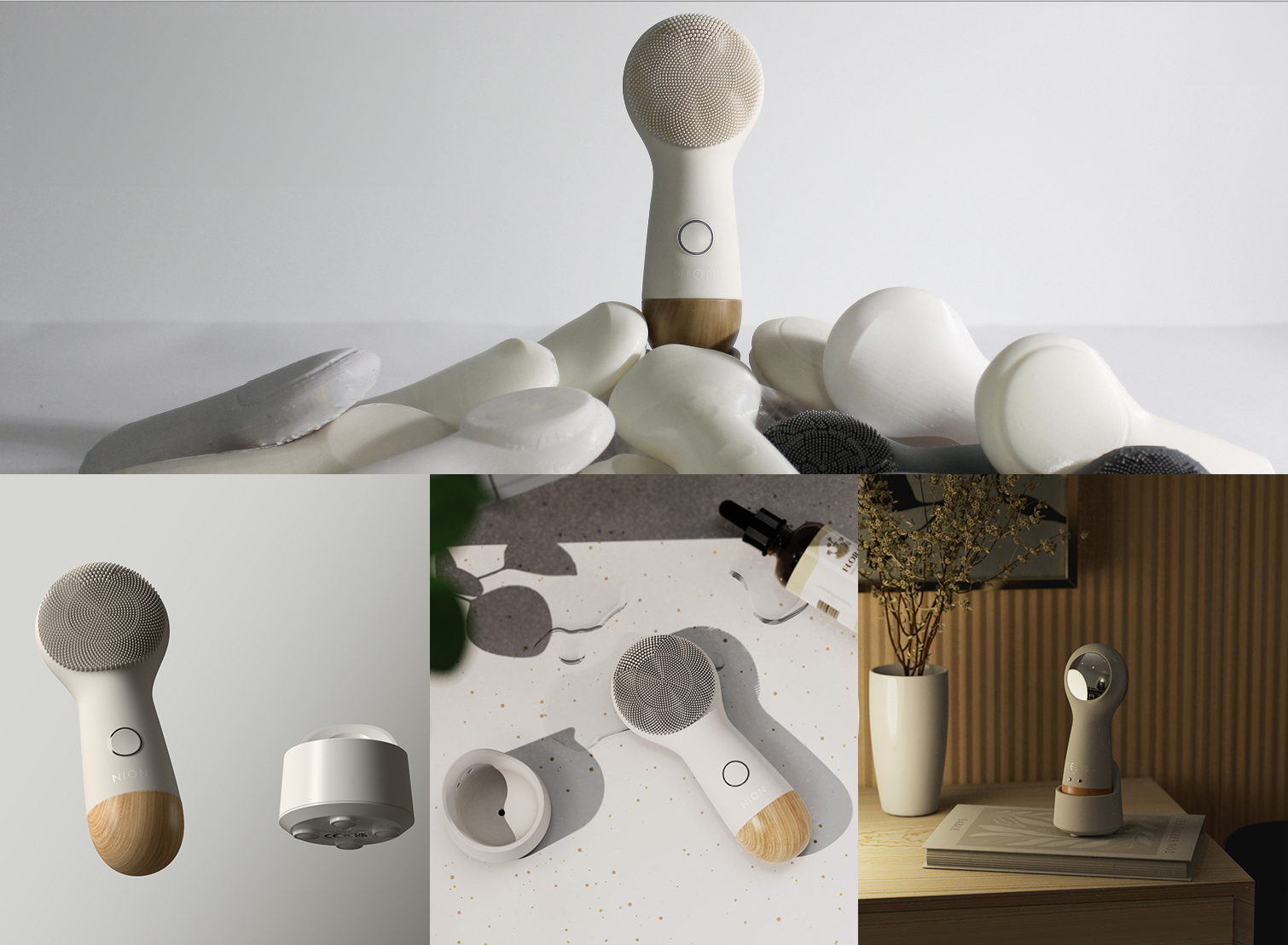Bringing a new product to market is an exciting journey for any inventor, but ensuring its success requires more than just a great idea—it demands strict attention to quality control.
Quality control in manufacturing plays a crucial role in maintaining high standards, ensuring that the final product meets customer expectations, adheres to regulatory requirements, and upholds your brand’s reputation.
By prioritizing quality at every stage, from prototyping to production, you not only prevent costly errors and recalls but also build customer trust and long-term loyalty.
This guide will walk you through the key quality control essentials that every inventor should consider when developing and manufacturing a product, helping you bring a market-ready product to life with confidence.
What Is Quality Control in Manufacturing?
Quality control in manufacturing refers to a systematic process designed to ensure that products meet established quality standards before they reach the market. This process involves a series of checks, inspections, and audits conducted at various stages of production, from raw material sourcing to final assembly.
Quality control activities typically include visual inspections, functional tests, and performance audits to detect defects or inconsistencies. These measures help manufacturers identify and address issues early, preventing defective products from reaching customers.
By implementing effective quality control protocols, manufacturers can maintain consistent product performance, minimize recalls, and uphold their brand reputation, ensuring customer satisfaction and regulatory compliance.
Why Quality Control Matters for Inventors?
Quality control is crucial for inventors because poor implementation can lead to costly product recalls, negative customer reviews, and significant financial setbacks. For startups and independent creators, even one faulty product can damage brand credibility and hinder growth.
Strong quality control measures not only ensure customer satisfaction but also establish trust in your brand, setting a foundation for long-term success. Maintaining consistent quality also helps meet regulatory standards such as FDA or ASTM compliance, reducing the risk of legal issues and market bans. By prioritizing quality control, inventors can confidently bring their innovations to market while protecting their reputation and avoiding costly pitfalls.
What are the Main Components of Quality Control in Manufacturing?

Clear Product Specifications
- Detailed Documentation: Include CAD designs, material specifications, and precise measurements.
- Avoid Miscommunication: Ensure all parties understand the product requirements.
- Reference for Quality Checks: Specifications serve as a baseline during inspections.
Clear and thorough product documentation is essential to avoid production errors. CAD designs and detailed material lists guide manufacturers, ensuring they build according to the inventor’s vision. When everyone from designers to factory operators shares the same reference, there’s less risk of miscommunication. This documentation also supports quality inspectors by providing clear criteria for evaluation, making it easier to identify deviations during production.
Prototyping and Testing
- Identify Design Flaws: Prototypes reveal potential weaknesses.
- Perform Critical Tests: Conduct durability, stress, and safety tests.
- Iterate for Improvement: Refine the design based on test results.
Prototyping helps catch issues before full-scale manufacturing begins. By creating and testing physical or digital prototypes, inventors can assess how their product performs under different conditions. Durability tests simulate real-world wear and tear, while stress tests evaluate the product’s limits. Safety tests ensure regulatory compliance. These iterative cycles enable inventors to fine-tune their designs, reducing costly errors during mass production.
Inspection Processes
- Pre-Production Inspections: Verify raw materials and initial setup.
- In-Line Inspections: Check product quality during production.
- Post-Production Inspections: Assess final products before shipment.
Regular inspections at key stages help catch issues early. Pre-production inspections confirm that materials and initial setups meet specifications. In-line inspections allow for real-time quality control, preventing defective items from progressing further. Post-production inspections ensure that the final output meets standards before it reaches customers. Using third-party inspectors adds an unbiased perspective, increasing confidence in the inspection process.
Defect Management and Reporting
- Classify Defects: Categorize as minor, major, or critical.
- Document Quality Issues: Track issues for transparency and accountability.
- Implement Corrective Actions: Address defects to prevent future occurrences.
Defect management ensures that quality issues are systematically addressed. By classifying defects based on severity, teams can prioritize which issues need immediate attention. Minor defects may not affect performance, but critical defects can compromise safety or usability. Documenting each issue creates a traceable record and helps identify patterns over time. A well-organized defect reporting system supports continuous improvement and maintains production efficiency.
Supplier and Manufacturing Partner Selection
- Check Certifications: Look for ISO 9001 and other quality management certifications.
- Review Performance History: Ask for case studies and client references.
- Evaluate Internal QC Processes: Ensure the supplier has robust quality control systems.
The right manufacturing partner can make or break your product’s quality. Certifications like ISO 9001 indicate a commitment to maintaining high-quality standards. A partner’s performance history, including references and case studies, can provide insights into their reliability and expertise. Additionally, evaluating their internal quality control processes ensures that they’re proactive in identifying and resolving production issues, making them a valuable collaborator for long-term success.
To ensure your quality control processes are comprehensive and effective, having a structured plan is key. Check out our guide on creating a Quality Assurance Manufacturing Plan to set clear standards, improve inspections, and maintain consistency throughout production.
Common Quality Control Challenges and Solutions for Inventors
Inconsistent Production Quality
- Problem: Variations in product quality across production batches.
- Solution: Conduct regular audits and random sample testing.
- Additional Measure: Implement standardized quality benchmarks across all batches.
Inconsistent production quality can occur due to changes in raw materials, equipment issues, or human error. To address this, regular audits and random sample testing should be part of the production process to catch issues early. Standardized quality benchmarks ensure that every batch is evaluated against the same criteria, maintaining uniformity in the final product.
Communication Barriers with Offshore Manufacturers
- Problem: Misunderstandings due to language or cultural differences.
- Solution: Work with a U.S.-led offshore team that bridges communication gaps.
- Additional Measure: Use detailed visual aids and bilingual project managers.
When working with offshore manufacturers, communication gaps can lead to errors in production. A U.S.-led offshore team can bridge these differences by providing clear communication channels and cultural alignment. Detailed CAD designs, prototypes, and bilingual project managers further reduce misunderstandings, ensuring that instructions are followed accurately throughout the process.
Prototyping Delays
- Problem: Delays in getting prototype feedback can slow production timelines.
- Solution: Use rapid prototyping services for faster iteration and improvements.
- Additional Measure: Leverage digital prototyping tools for real-time collaboration.
Prototyping is crucial for identifying flaws before mass production, but delays in this phase can impact your entire timeline. Rapid prototyping services help speed up the iteration process, enabling you to test and refine designs more quickly. Additionally, using digital prototyping tools allows for virtual collaboration, providing instant feedback and reducing wait times for physical samples.
Tools and Methods to Strengthen Quality Control
Standard Operating Procedures (SOPs)
- Benefit: Ensures consistent processes across production runs.
- Function: Reduces variability by providing clear, repeatable instructions.
- Advantage: Helps train new team members quickly and accurately.
Documented SOPs are essential for maintaining consistency in manufacturing. They provide detailed steps for tasks such as inspections, equipment handling, and assembly processes. SOPs minimize errors by creating a uniform workflow and serve as a reference for manufacturers, ensuring that every production batch adheres to the same high standards.
Statistical Process Control (SPC)
- Benefit: Monitors production consistency using data analysis.
- Function: Detects trends and deviations in real time.
- Advantage: Prevents defects by identifying process issues early.
SPC uses statistical tools to analyze production data and detect variations that could lead to defects. By monitoring key metrics such as dimensions and tolerances, SPC helps manufacturers spot inconsistencies before they escalate. For inventors, implementing SPC ensures that their products maintain high-quality standards throughout production, reducing costly rework and delays.
To choose the right manufacturing methods that complement your quality control efforts, it’s crucial to align your production strategy with your product goals. Learn how to choose the best manufacturing process for your invention and ensure that your processes are optimized for consistency and efficiency.
How to Work with Your Manufacturer for Better Quality Control
Importance of Setting Quality Benchmarks and KPIs
Setting clear quality benchmarks and key performance indicators (KPIs) helps establish mutual expectations with your manufacturer. These benchmarks can include acceptable defect rates, material tolerances, and on-time delivery percentages. By tracking these metrics, you gain insights into production performance, making it easier to spot trends, address issues, and ensure your manufacturer meets quality standards consistently.
Schedule Regular Check-Ins
Regular check-ins at key production stages help maintain open communication and address any quality concerns before they escalate. Whether through video calls, status reports, or in-person visits, these reviews provide updates on production milestones and ensure your project stays on track. Frequent touchpoints also help build trust and reinforce the importance of maintaining high standards.
Encourage Collaborative Problem-Solving
Collaborating with your manufacturer to resolve issues fosters innovation and continuous improvement. Instead of reacting to problems after they arise, proactive brainstorming sessions can identify the root causes of defects or delays and implement corrective measures. A problem-solving partnership not only improves product quality but also strengthens your long-term relationship with your manufacturer.
Building a strong partnership with your manufacturer is key to maintaining quality, but sometimes a change is necessary. Here are 7 signs you may need a new manufacturing partner to ensure your production process stays efficient, reliable, and aligned with your goals.
Ensuring Product Success with Quality Control
Quality control is the cornerstone of successful product manufacturing. Inventors should prioritize key practices such as thorough testing, comprehensive inspections, and maintaining open lines of communication with their manufacturers. By ensuring that every step of the process meets set quality benchmarks, you can minimize defects, avoid costly recalls, and strengthen customer trust.
Implementing strong quality control measures not only safeguards your product’s reputation but also supports long-term profitability and growth. By being proactive and diligent, you can turn your innovative idea into a reliable, high-quality product that resonates with your target audience.
Need guidance on setting up a quality control plan for your product? Contact us and we can provide a quality assurance consultation or a quote for your next manufacturing project.
FAQs
What is quality control in manufacturing?
Quality control in manufacturing is a systematic process of inspections, tests, and audits to ensure products meet established standards. This process helps detect defects, maintain consistency, and uphold regulatory compliance, ensuring customer satisfaction and brand credibility.
Why is quality control important for inventors?
Quality control helps inventors avoid costly recalls, negative reviews, and compliance issues. It builds customer trust and supports long-term success by ensuring that products meet safety and performance standards, protecting the inventor’s reputation.
What are key components of a quality control plan?
A strong quality control plan includes clear product specifications, prototyping and testing, regular inspections, defect management systems, and careful supplier selection. These elements ensure consistent production quality and help identify issues early in the manufacturing process.
How can inventors manage quality control with offshore manufacturers?
Effective quality control with offshore manufacturers involves setting clear KPIs, using detailed CAD designs, and scheduling regular check-ins. Collaborating with a U.S.-led offshore team also helps bridge communication gaps, ensuring that quality standards are maintained.
What tools can strengthen quality control processes?
Quality management tools such as SOPs (Standard Operating Procedures), Statistical Process Control (SPC), and Quality Management Software (QMS) help monitor production consistency, reduce errors, and ensure adherence to quality benchmarks. These tools provide real-time insights and streamline quality control efforts.


